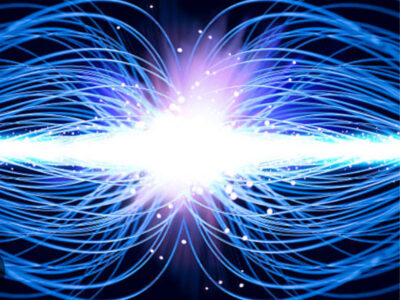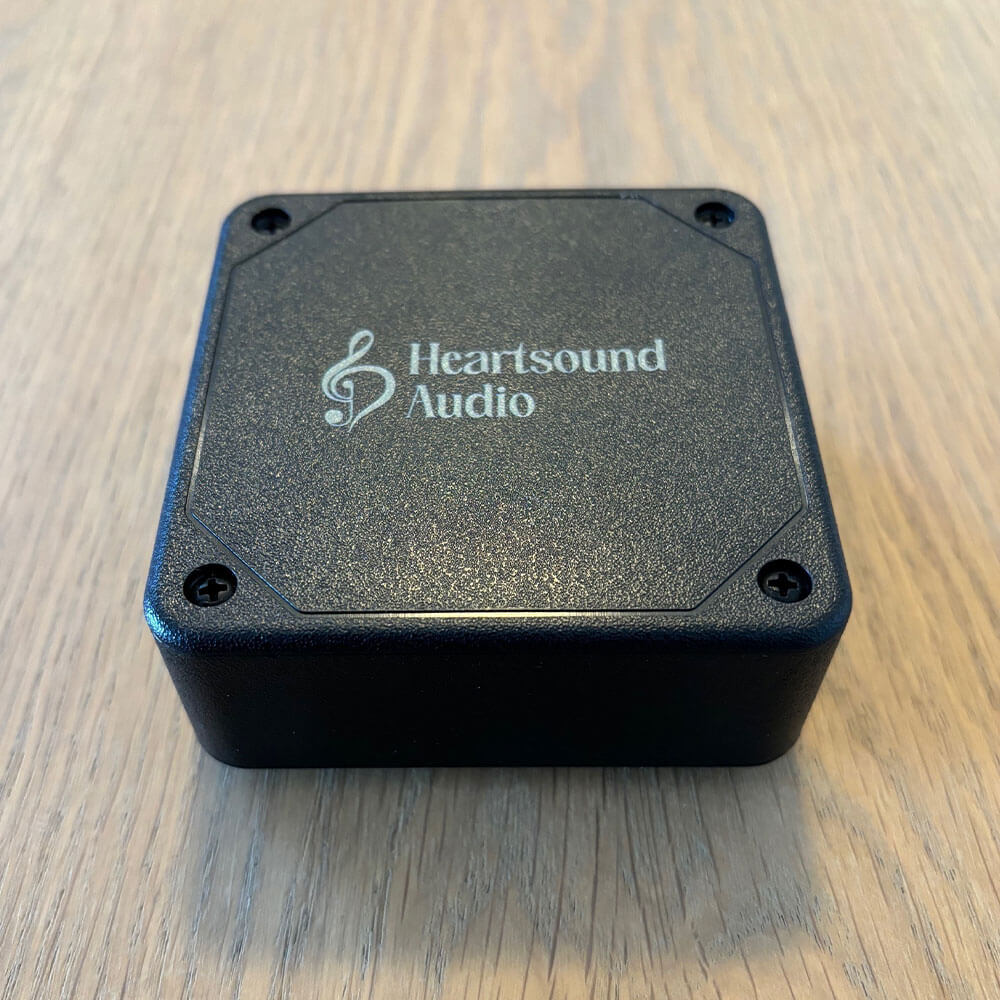 If you consider the technology that has been implemented in high-end audio design today and compare it to what was considered state-of-the-art in the 1980’s, you can see that today we benefit from a huge advancement in virtually every aspect of audio equipment design, engineering and technology. Some advancements come from a general evolution of component development, others from a continual evolution of circuit design & innovation and some come from a completely new way of thinking about a problem. In our opinion, most of our favourite audio equipment has originated from a ‘crazy idea’ in someone’s mind which when developed further, becomes a new innovation that moves the game further.
If you consider the technology that has been implemented in high-end audio design today and compare it to what was considered state-of-the-art in the 1980’s, you can see that today we benefit from a huge advancement in virtually every aspect of audio equipment design, engineering and technology. Some advancements come from a general evolution of component development, others from a continual evolution of circuit design & innovation and some come from a completely new way of thinking about a problem. In our opinion, most of our favourite audio equipment has originated from a ‘crazy idea’ in someone’s mind which when developed further, becomes a new innovation that moves the game further.
When it comes to tweaks to improve your system, finding solutions that really work is a bit hit and miss at the best of times. To put it frankly, with all due respect to people that are genuinely trying to make a credible contribution, we have seen many products come and go which can be described as ‘snake oil’, ‘smokes and mirrors’ or blatant attempts to rip-off audiophiles. This is why we try many devices that are sent to us for evaluation but rarely take them on as a product to officially endorse. Understanding that any tweak is completely dependent on the individual room, system and electrical environment – and therefore results can vary wildly – we wanted to make sure that the results we achieved in our system and with a group of test systems belonging to our clients was consistent, repeatable and sonically worthwhile. Which brings us to these little black boxes…
Founded in 2021 by Krissy Tetrault, Heartsound Audio is a US based company that manufactures a device called the ‘Holostage’.
There is a real science behind them with many chemists and academics collaborating and contributing to the technology over many years. They are little back boxes designed to be simply placed in different locations in your room. The exact content inside each Holostage is proprietary however we do know that the device operates using the principle of piezoelectricity, which is the electric charge or ion discharge that accumulates in certain solid materials such as crystals & ceramics in response to applied mechanical stress. The piezoelectric effect is utilised in a few applications that you may be familiar with. Let’s consider a type of cigarette lighter for example. By pressing the button you place stress on a piezoelectric crystal that charges a capacitor, that when fully charged suddenly discharges the spark that ignites the butane.
The contents of the Holostages include a complex matrix of piezoelectrically active crystals and graphine nanotubes which generate an electric current and discharge ions when a stress force is applied to them. What is the stress force you may be wondering? It’s the sound wave energy moving through your room! When the sound waves interact with the Holostage boxes, the forces trigger the release of ions into the surrounding space. The presence of the ions has an effect on how the sound energy moves through the air. The electrostatic relationship between the sound waves, which are effectively vibrating air molecules and the ions within the air molecules has this effect where the sound travels with a greater ease and seems to be more isolated from the effects of the room.
Place these little black boxes in your listening space and enjoy an expansion of your soundstage, increased dynamics and perceived lower noise floor. Many describe them as creating an ‘ease’ in the music, removing the ‘tension between the notes’ which results in a more fluid, flowing, less-mechanical presentation of the music. In some ways, Holostages bring fun and wonder back into the hobby – tweaks to customise and improve your emotional engagement. They are available to try with a money back guarantee and if you like what they do they are not an expensive upgrade. Sceptical? Just try them and in our experience, they will probably stay in your system! Many who are discovering this new technology are calling the Holostage as the most effective and satisfying tweak they’ve ever experienced.
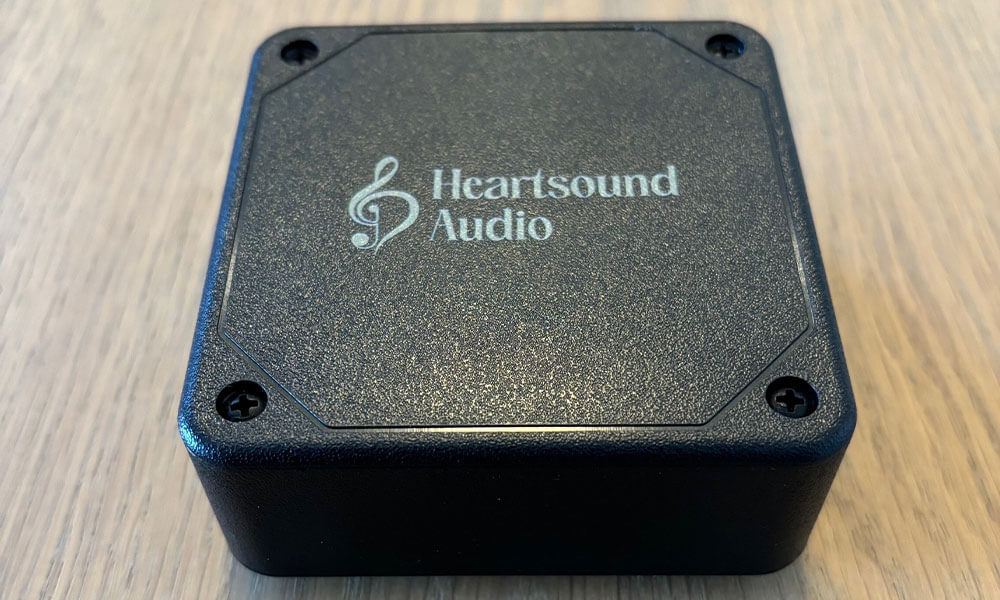
Products
-
Heartsound Holostage
Room Treatment Tweak
Ions Affect the Speed of Sound
Cations are positively-charged ions (atoms or groups of atoms that have more protons than electrons due to having lost one or more electrons). Anions are negatively-charged ions (meaning they have more electrons than protons due to having gained one or more electrons). Cations are also called positive ions, and anions are also called negative ions.
Identifying the composition of a solution using acoustics remains a challenge. It is known that for low salt concentrations the speed of sound in water increases linearly with the concentration of the electrolyte, but the contribution of individual cations and anions is relatively unknown. However, experiments have been completed where the concept of intrinsic sound speed Ai was introduced to quantify the contribution of ions to the speed of sound. The results proved that cations increase the speed of sound in water whereas anions decrease the speed of sound. Hydration layers around the ions play a major role. Because cations have a hydration layer thicker than that of anions, their contribution to the speed of sound is larger than that of anions.
Experimental data on salts not used to determine the contribution of individual ions are in quantitative agreement with the predicted values. This method has also been applied to various systems containing small quantities of ions, molecules, or particles in air, also verifying that cations increase the speed of sound, and previously unexplained data in the literature has now been explained by these experiments. From the perspective of listening to an audio system, we can also now claim with certainty, based on these experiments that the presence of ions in your listening space influences the way the sound energy travels through and behaves within the medium.
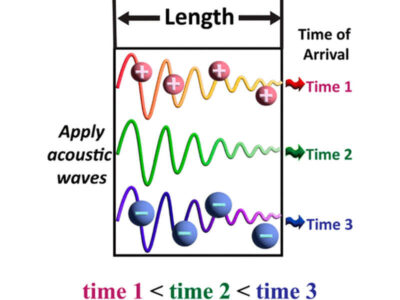
What is Graphine?
Graphine is a material that is extracted from graphite and is made up of pure carbon, one of the most important elements in nature. Graphine stands out for being tough, flexible, light, and with a high resistance. It’s calculated that this material is 200 times more resistant than steel and five times lighter than aluminium. Among the diverse properties of Graphine, the ones that stand out most are its high thermal and electrical conductivity, elasticity, toughness, lightness, and resistance. These characteristics could be of great use for innovation in different sectors and represent a real revolution.
Through the use of Graphine, the useful life of batteries could be increased by a factor of 10, as well as charging in less time, which translates into an autonomy improvement. It’s only a matter of time before Graphine replaces a large part of the lithium batteries currently in use. The use of Graphine in the manufacturing of rechargeable batteries could be a great leap towards energy efficiency. This material would prevent devices overheating, so they would be tougher and lighter. It is also believed that Graphine could be a turning point in the renewable energy sector as the use of this material could generate much more energy than is produced today. Graphine applied to electronic circuits would make devices ‘immune’ to dampness, one of the main causes of deterioration. In addition, it has excellent thermal and electrical conductivity, which is 1,000 times better than that of copper.
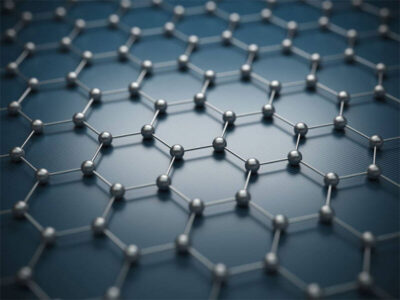
The Emergence of Ion Research
Graphene has also been the focus of multiple university studies in the USA, UK and Germany for other reasons – ions. The university of Illinois and the university of Duisburg-Essen Have shown that when Graphene is irradiated with ions, or electrically charged atoms- the electrons that are ejected give new information about the behaviour of Graphene. Research reported in ‘Nano-Letters’ suggests that when calculations involving high temperature we used, Graphene verified the predictors of this irradiation.
“Irradiating Materials and observing the change in properties to deduce what’s going on inside the material is a well-established technique, but now we are taking first steps towards using ions instead of laser light for that purpose,” reports Andre Schleife from the Illinois group.
The benefit of ions is that they allow highly localized short-term excitations in the material compared to a laser. This allows for exacting studies of how graphene materials evolve over time. When an ion collides with a 2-D material, energy is transferred to the atomic nuclei and some of the electrons are given enough energy to be discharged from the material. The features of these ‘secondary electrons’ are determined by characteristics such as temperature and energy distribution.
“There is a delay between the ions ‘impact’ and secondary electron emission and that’s the key piece of information that we are after in all simulations’, said Yifan Yo, a leading researcher with Schleife’s group.
The Illinois group executed calculations based on Graphene that was irradiated with hydrogen ions (just bare protons) and it was computed how secondary electrons were released over time and the corresponding energy spectrum results. These results mated well with the Duisberg-Essen results with Argon and Xenon ions.
High temperature Graphene released more secondary electrons and a careful examination of the distribution proved that the atomic nuclei in Graphene’s lattice structure rather than the material’s electrons are responsible.
According to Schleife, The technique looks beyond 2D measurements into the future. “Looking years into the future, there’s a possibility that ion irradiation can be used to deliberately introduce defects into materials and manipulate them.”
For now, the teams have shown that irradiation can be used as an accurate measurement technique!
